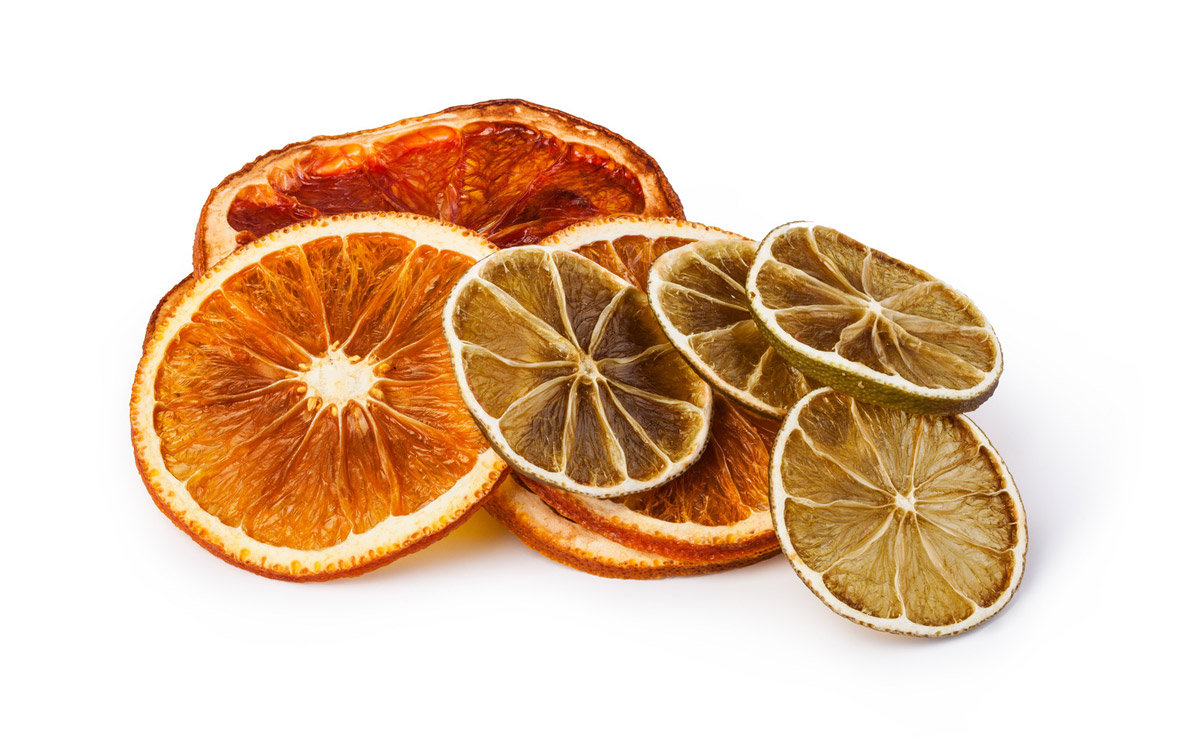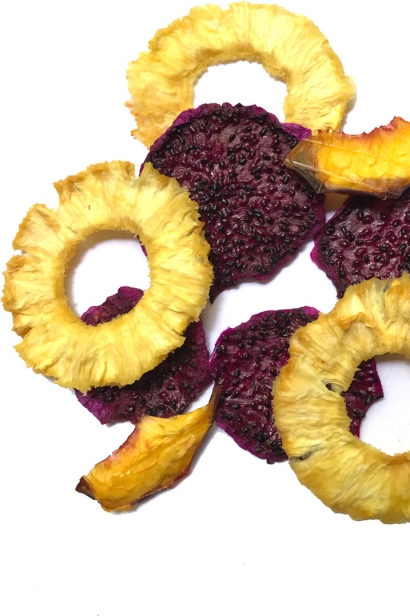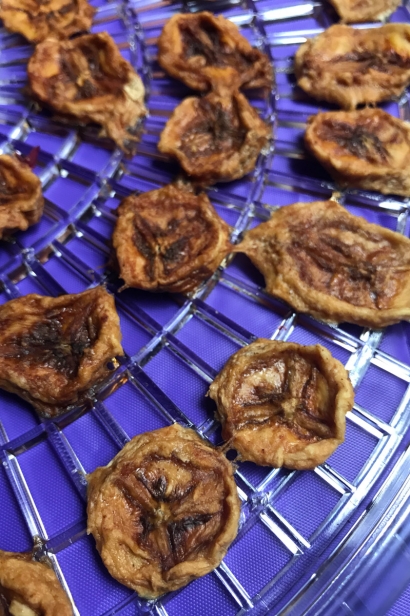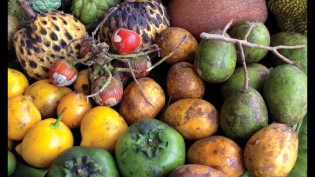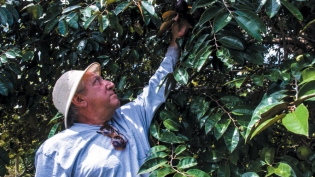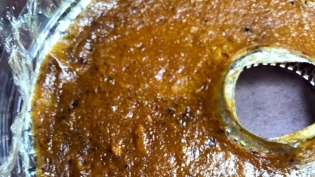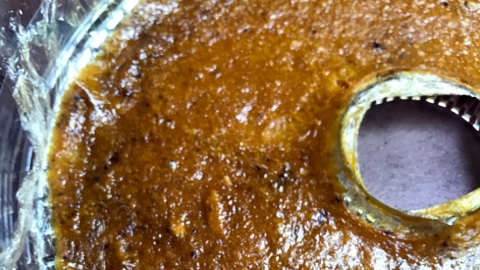Dry Me, Try Me
Drying fresh foods goes back tens of thousands of years when people needed a way to preserve foods and keep them from spoiling. They set out foods to dry in the sun and also used wind-drying to remove water and inhibit the growth of bacteria and mold. Raisin and fig cakes, mentioned in the Old Testament, were part of Middle Eastern and Mediterranean cuisines, along with dried apples, dates and apricots.
Even with modern refrigeration, dehydrating today remains popular among farmers, backyard gardeners and do-it-yourselfers because it’s a simple, efficient way to keep produce for months. Unlike canning and pickling, which require jars, lids, sterilizing and labor-intensive prep work, all you need to make dried fruits and vegetables is an inexpensive countertop dehydrator.
From Cool to Haute
For those on raw food diets, dehydrators are indispensable for preparing foods that are uncooked or cooked at low temperatures. And don’t overlook the role of dried fruits and vegetables in sophisticated cuisine as chefs find inventive ways to harness their concentrated flavors to use in sauces, stews, desserts and other dishes. Pulverizing dehydrated produce creates colorful powders used alongside the foams, gels and bubbles of molecular gastronomy. The dehydrator inspires resourceful chefs to make use of what might end up in the compost pile. Dried, roasted tomato skins add crunch to a salad; leftover scallion greens and herbs, carrot peels and celery bits dried and blended together make a savory addition to yogurt or scrambled eggs; pulp left over after juicing, is mixed with nuts, spices and herbs, then dried and transformed into crackers. In Bar Tartine: Techniques and Recipes, Cortney Burns and Nicolaus Balla details how they dry everything – produce, flowers, dairy, meats, and fish – for dishes on the menu in their acclaimed (and now closed) Bar Tartine.
Nutritious, But Sweet
Drying fruits does cause some loss in nutrients compared to fresh fruits, but it retains their fiber. And while the size of the fruit shrinks as it dries, its calorie count does not. It’s easy to snack on a handful of dried mango strips before realizing you’ve just eaten the equivalent of two whole mangos. But making your own dried fruits lets you control added sugar – you’ll probably find that most dried fruits are plenty sweet without any sweeteners – compared to commercially dried fruits, which are sometimes dredged in added sugar or candied.
About Dehydrators
You’ll spend around $30 for a basic plastic countertop dehydrator with a heating element on the bottom to $100–$300 for larger models with adjustable thermostats, timers, fans for air circulation and stainless steel construction. You can also use an oven, but it may be difficult to set it to the low temperature (120-140 degrees) you need for successful dehydrating. For the recipes at left, we used an inexpensive fruit dehydrator with a heating element on the bottom and removable, stackable trays. To use your dehydrator, follow the instructions in your manual. Spray trays with cooking spray to avoid sticking. For basic dehydrators, you may need to rotate racks and re-stack them for even drying. Make sure air vents are not obstructed. Check status occasionally since drying times vary.


